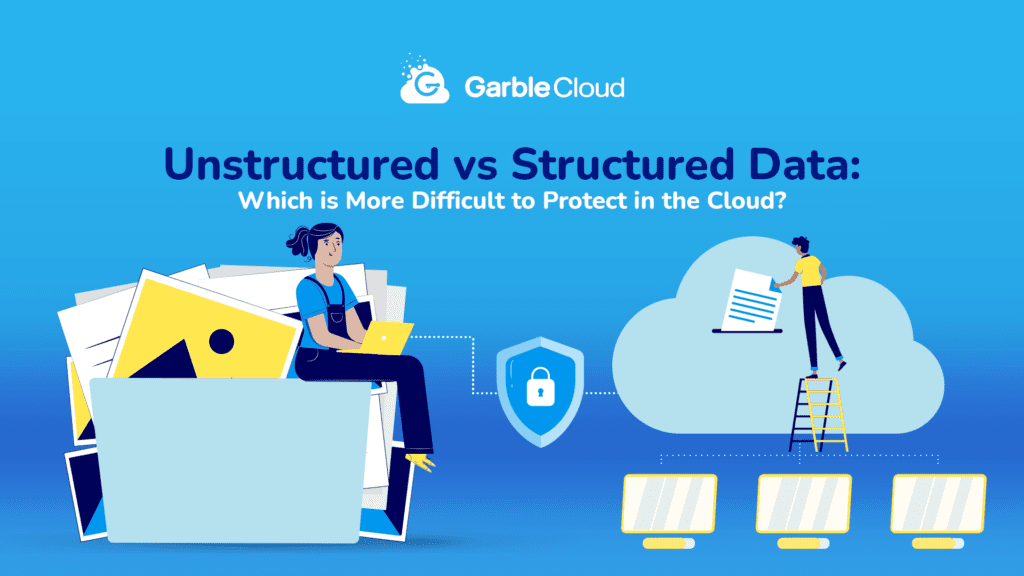It’s no secret that data production–both unstructured and structured–has exploded in recent years. We are currently living in a data-driven world, with each of us producing data points constantly through our day-to-day actions. It’s even estimated that by 2025, there will be over 161 zettabytes of data in the world, or 161 trillion gigabytes.
Unstructured and structured data are both essential to businesses today, though there are some significant differences in how they are collected, stored, and utilized, giving some unique challenges to the security of unstructured data by nature.
Structured vs Unstructured Data: What’s the Difference?
Structured data is information that is organized in a specific and consistent manner. Because of this, it’s easy to search, query, manipulate and analyze structured data to extract valuable insights. This type of data tends to be stored in databases or spreadsheets, with distinct rows and columns.
In general, structured data is more likely to be quantitative, straightforward, and ready for use in algorithms. Think of a spreadsheet listing credit card numbers, home addresses, and names of customers who have made purchases through an online store.
On the other hand, unstructured data is information that cannot be defined or organized into distinct categories. It does not have a recognizable structure, which makes it difficult to analyze, query, or search through the information with traditional tools. Some examples of unstructured data include photos, PDFs, files, or audio clips.
There are some estimates that unstructured data makes up 80-90% of all data in the world. So, most of the data that businesses generate or collect is unstructured. With advanced technology like machine learning and artificial intelligence, the analysis of unstructured data is becoming more feasible.
Which Type of Data is Easier to Protect?
Structured data is usually stored in databases that have a lot of controls and checks and balances. In general, structured data is accessed through applications using some formal querying mechanism, and delivered to the consumer in machine or human-readable formats like graphs, charts, tables, and reports.
This compares to unstructured data, which sits in file servers, within apps, attachments to emails, shared in chat messages, stored on USB drives, and countless other places throughout an organization. So given the nature of unstructured data, it tends to be harder to protect.
Essentially, unstructured data is harder to protect because it can be generated and stored anywhere within an organization. Since it’s not easy to identify or classify, sensitive information could be put at risk more so than structured data.
However, you cannot make the assumption that structured data is completely in the clear. In many instances, structured data from databases needs to be converted to an unstructured format, like a file, in order to be shared or distributed within an organization.
Thus, structured data can quickly become vulnerable just like any other unstructured data point. And with the growing popularity of cloud-native workflows, easy sharing, and collaboration can lead to unintentional data exposure.
Solve Data Protection Issues with Data Encryption by GarbleCloud
Now that you know that unstructured data can be more easily compromised, what is your best bet to improve security levels around this type of information within your organization?
One of the most common and effective ways for organizations to protect their data is through encryption. Data encryption translates data into another form or code that is unreadable by humans or machines. Only those with an authorized key will be able to access the data. So, data encryption can give you an added layer of protection on unstructured data like files, documents, images, and much more.
With data encryption services from GarbleCloud, you get all the data protection you need, without compromising on ease of use and collaboration features. Leverage all the productivity features of your cloud workflow tools while still keeping valuable information private and secure from unauthorized parties.
Try GarbleCloud for free today to supercharge your data protection.

